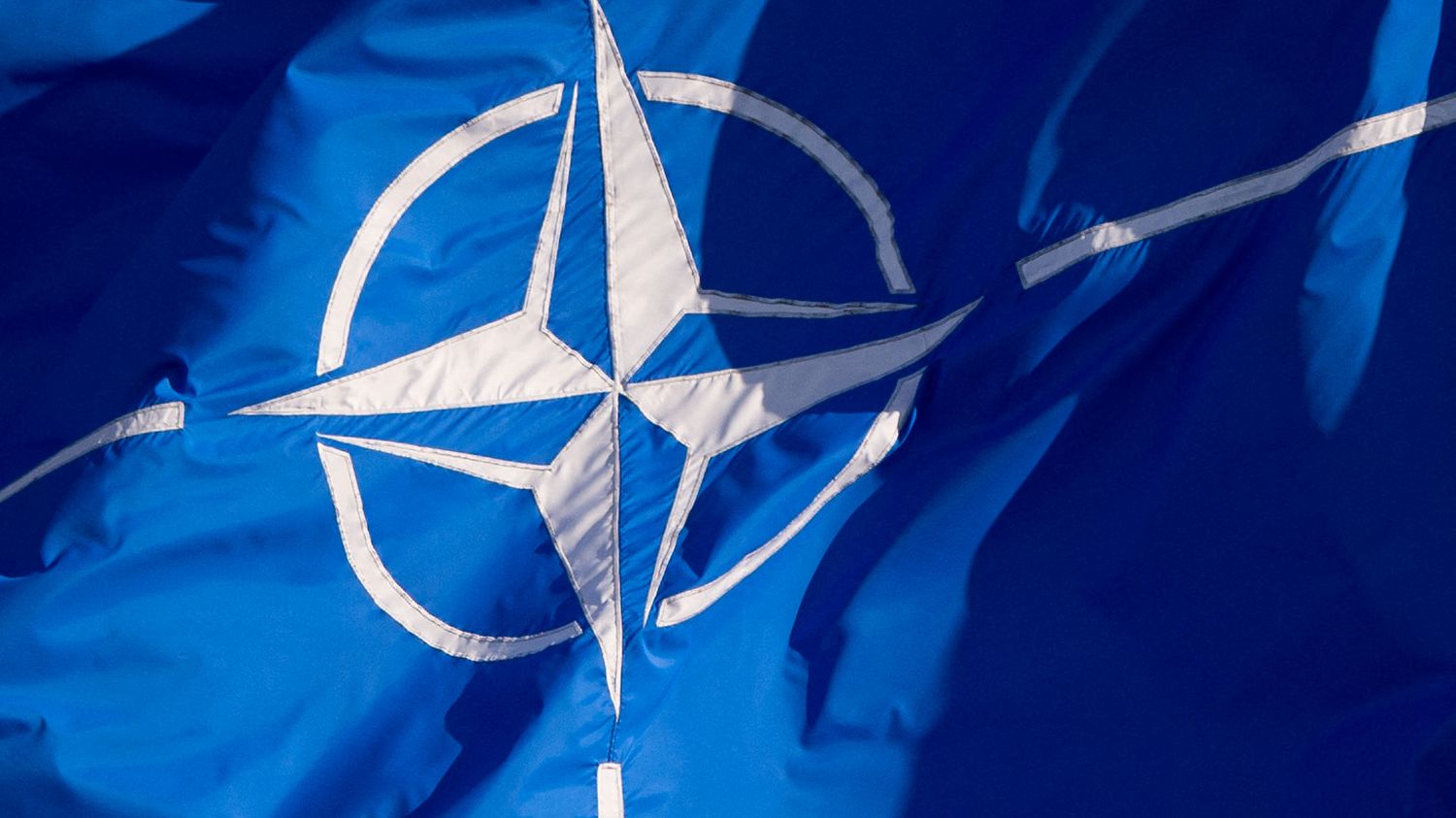Some 90,000 NATO soldiers will participate in a major military exercise organized by the Atlantic Alliance, against the backdrop of the conflict in Ukraine.
Published
Reading time: 3 min

“It is very important to point out that we are ready for all hypotheses”, explained Friday January 19 on franceinfo Camille Grand, former deputy secretary general of the North Atlantic Treaty Organization (NATO). Nearly 90,000 NATO soldiers will participate for several months in a major military exercise organized by the Atlantic Alliance. The last major exercise of this magnitude dates from 1988. As the conflict in Ukraine drags on, the Atlantic Alliance seeks to send “a message” to Putin, according to which “any temptation to escalate the conflict with NATO is a very bad idea”explains the researcher at the European Council for International Relations (ECFR).
franceinfo: NATO wants to impress Russia?
Camille Grand: This is a message to Russia. In a context where war has returned to Europe with Ukraine, the aim is to indicate to Russia that any temptation to escalate the conflict with NATO is a very bad idea because the Atlantic Alliance has the means to reinforce its eastern flank and to react if an attack were to occur. From this point of view, the resumption of large-scale exercises, since 90,000 men will be training, is interesting since it is the largest exercise since 1988.
Is this about simulating a conflict?
This is a “live” exercise. Above all, we simulate the arrival of reinforcements. This is the purpose of this exercise. How can we deploy tens of thousands of men very quickly? Part of it will cross the Atlantic, others will move across the European continent. It’s very important to do it in real life because that’s where we see the friction, the difficulties that could be encountered. There was a tendency, because it was much cheaper, to do exercises somewhat on “paper” during the 20 years following the Cold War.
Are we at the beginnings of a larger conflict?
The experience of the last two years of the conflict shows that NATO deterrence works and that Russia has not sought to widen the conflict so far. But with this conflict continuing, it is true that we must remain vigilant to guard against the temptation that Russia could have of a form of escalation, either horizontal or vertical, of taking the conflict to the NATO territory. This is not the most likely hypothesis, but it is very important to point out that we are open to all hypotheses.
International support for Ukraine is increasingly fragile. Is there a risk with all this hesitation of wasting time and losing militarily to Putin?
It’s clear that we’re wasting time. There are decisions that should have been taken several weeks or months ago already, which continue to be the subject of debate both in Washington and in Europe. Our support for Ukraine is useful for Ukrainians, it is not that massive, but it makes a difference. Today, there is a real link between the capacity of Ukrainians to defend themselves and the support provided by Western countries.
“The whole challenge for the coming year is to succeed in maintaining this support despite the challenges, the political debates or the industrial difficulties that friends of Ukraine may encounter.”
Camille Grand, former deputy secretary general of NATOat franceinfo
Could the possible return of Donald Trump, who seems inclined to abandon Ukraine, force kyiv to negotiate with Moscow?
The resolve of Ukrainians is very strong. It was said at the time of the Russian invasion that this country would hold out for a few weeks. We are almost two years into the conflict. It is very impressive to see the resolve of the Ukrainians. However, they are dependent on the aid provided by Westerners, not only the Americans, but also the Europeans. The flow of aid has been balanced between Americans and Europeans. The possible election of a Donald Trump reluctant to continue this aid will pose, above all, a big question to the Europeans, that is to say to what extent are they ready to take over and help the Ukraine.
